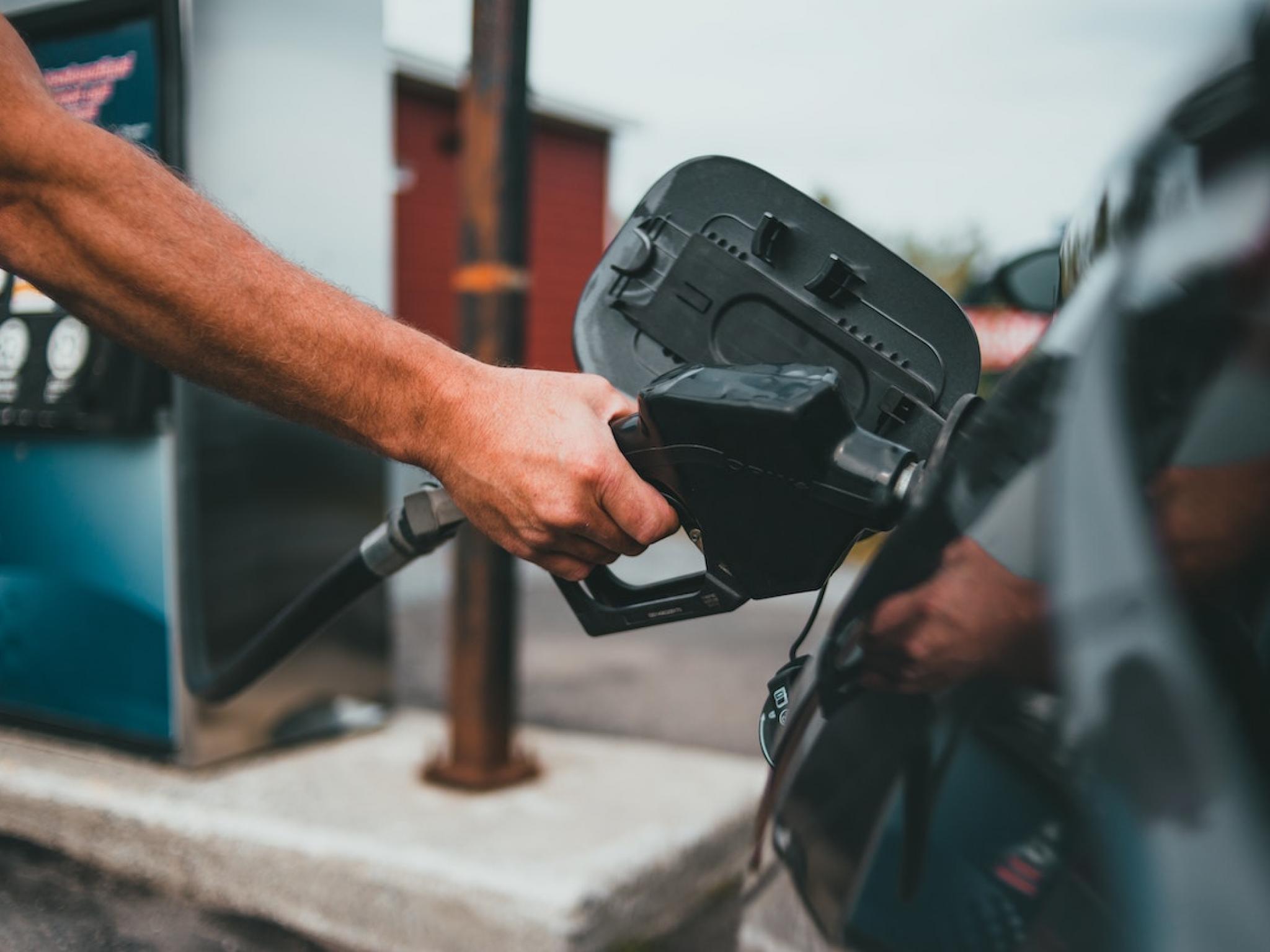
The effects of the Russia-Ukraine war are still sending ripples globally, even with crude oil prices falling $19 off the early March highs of $123 per barrel. In an effort to help lower fuel prices, U.S. President Joe Biden recently announced the use of E15, a type of gasoline that uses a 15% ethanol blend, from the beginning of June to Sept. 15.
With the new measure accounted for, the environmental impact assessment (EIA) expects national averages of $3.84 per gallon over the summer season amid higher crude prices and increased demand due to economic activity.
According to the AAA, the national average on Monday is $4.19, up $2.94 from the average in the same period last year.
Here is a list of the states hit the hardest by the higher gas prices.
| State | Regular | Mid-Grade | Premium | Diesel | ||
| California | $5.74 | $5.93 | $6.08 | $6.43 | ||
| Hawaii | $5.25 | $5.47 | $5.71 | $5.70 | ||
| Nevada | $5.08 | $5.31 | $5.52 | $5.39 | ||
| Washington | $4.71 | $4.90 | $5.10 | $5.57 | ||
| Oregon | $4.68 | $4.87 | $5.06 | $5.44 | ||
| Alaska | $4.66 | $4.83 | $5.04 | $5.16 | ||
| Arizona | $4.56 | $4.84 | $5.10 | $5.38 | ||
| Washington D.C | $4.51 | $4.98 | $5.10 | $5.45 | ||
| Utah | $4.47 | $4.68 | $4.88 | $5.16 | ||
| Idaho | $4.44 | $4.63 | $4.83 | $5.23 |
See Also: 3 Ways Rising Gas Prices Are Impacting The Auto Industry







